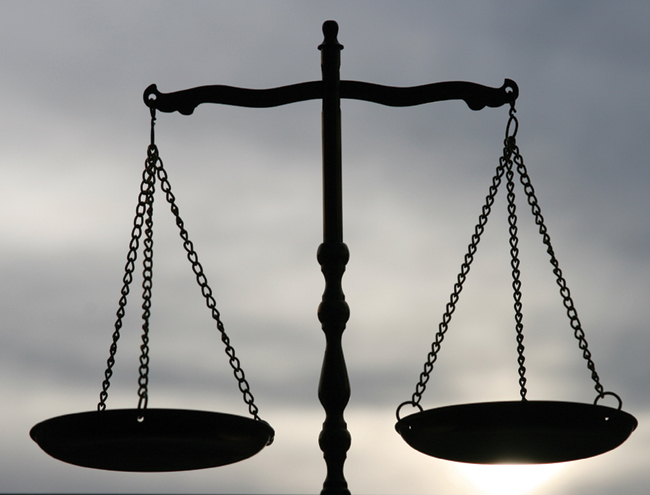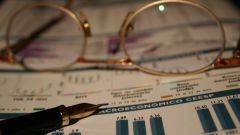"What is the fundamental difference of an asset from a liability?" - a question that leaves alone the future economists, as well as those who plan to understand all the nuances of accounting and financial accounting. As a sign of equality between the two graphs balance confusing. Really, why so?
The balance structure includes several partitions: 2 of them are written in the left part, the other to the right. In the column "active" reflects the working capital (cash, inventories, receivables, short-term investments) and non-current (fixed assets, intangible assets, long-term investment, construction in progress) the funds of the organization. Here is recorded the property, which is at the disposal of the enterprise. To determine its belonging to the assets you can on a number of grounds:
- there is a possibility of disposal of assets;
- the property promises a gain in a future period;
- the organization has the right to use material values.
The liabilities include funds of formation of property:
- capital and reserves;
- borrowed capital.
Equity belongs to the company and affects the formation of certain assets. And the funds raised by the organization to conduct the activities, depending on the duration of use equal to the short-term and long-term obligations. They constitute borrowed capital and must be returned in accordance with the contract.
Thus, the amount of assets of the enterprise is always equal to the sources of its formation. After all, if the organization received a Bank loan, the funds are directed to the acquisition of wealth. As a result, the asset (the cost of the acquired property) is equal to the liabilities (the sum of Bank credit). For not foreseen by the balance of values applies off-balance sheet accounting.
The balance structure includes several partitions: 2 of them are written in the left part, the other to the right. In the column "active" reflects the working capital (cash, inventories, receivables, short-term investments) and non-current (fixed assets, intangible assets, long-term investment, construction in progress) the funds of the organization. Here is recorded the property, which is at the disposal of the enterprise. To determine its belonging to the assets you can on a number of grounds:
- there is a possibility of disposal of assets;
- the property promises a gain in a future period;
- the organization has the right to use material values.
The liabilities include funds of formation of property:
- capital and reserves;
- borrowed capital.
Equity belongs to the company and affects the formation of certain assets. And the funds raised by the organization to conduct the activities, depending on the duration of use equal to the short-term and long-term obligations. They constitute borrowed capital and must be returned in accordance with the contract.
Thus, the amount of assets of the enterprise is always equal to the sources of its formation. After all, if the organization received a Bank loan, the funds are directed to the acquisition of wealth. As a result, the asset (the cost of the acquired property) is equal to the liabilities (the sum of Bank credit). For not foreseen by the balance of values applies off-balance sheet accounting.



